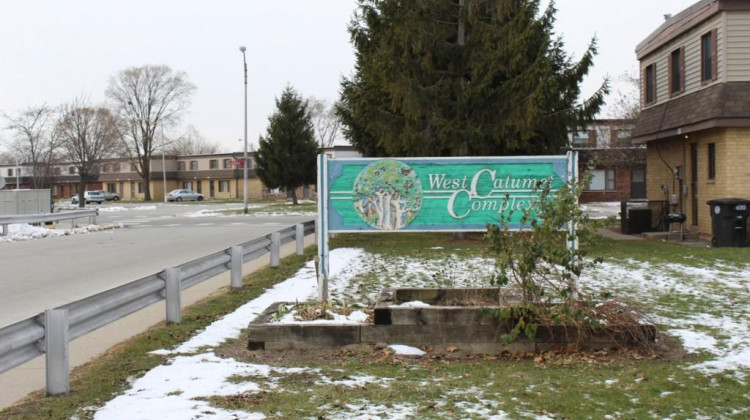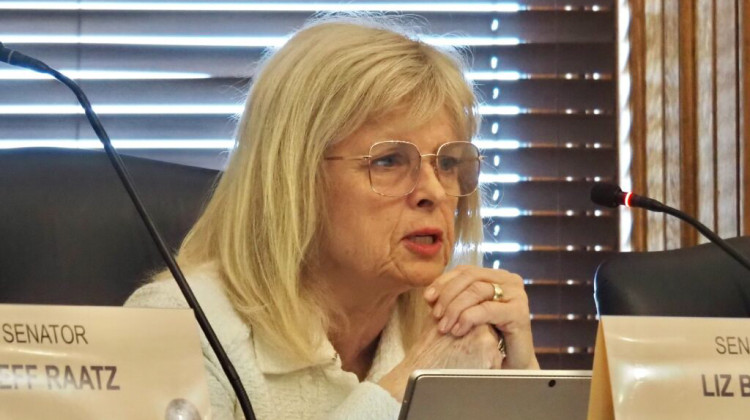
The report says people living in the West Calumet Public Housing Complex didn't know about lead and arsenic contamination in the area for 40 years. The complex has since been demolished.
FILE PHOTO: Nick JanzenAccording to a new report from Earthjustice and the Shriver Center on Poverty Law, 70 percent of the most dangerous hazardous waste sites in the country are located within a mile of federally assisted housing.
The report said the federal government is doing little to keep lower-income neighborhoods safe from pollution.
East Chicago resident Akeeshea Daniels said when she moved to the West Calumet Public Housing Complex, part of the USS Lead Superfund site, no one told her about the lead and arsenic contamination.
When her family and more than 1,000 other residents were forced to move out in 2016, she had trouble finding a new, safe home. Daniels said there was a lot of competition with other residents and some landlords didn’t accept her Section 8 voucher.
She said the housing authority even tried to place her in another polluted area in Illinois.
“It was like, 'Why would you take me from one contaminated site to another?' But I guess it didn't matter because they let me move to Zone 3, which is still part of the Superfund site," Daniels said.
Debbie Chizewer is the managing attorney for Earthjustice’s Midwest office. She said some lower-income housing was built before the Civil Rights Act and not everyone gets informed of polluted sites nearby. But even today, federally assisted housing still gets built near Superfund sites.
“We would like to tell a story in the United States that this is a past problem. That segregation and other policies led to this — it’s unfortunate but now we have to address the harm. But actually it’s ongoing," she said.
READ MORE: Industrial Company Could Move To Site Of Former East Chicago Housing Complex
Among other things, the report said the Environmental Protection Agency needs to coordinate with housing officials to make sure residents are safe, better inform residents of the risks of living near polluted sites and involve them in the cleanup.
Chizewer said the EPA should also reinstate the "fund" in "Superfund" — a tax on polluters to help pay for hazardous waste cleanups.
Contact reporter Rebecca at rthiele@iu.edu or follow her on Twitter at @beckythiele.
Indiana Environmental reporting is supported by the Environmental Resilience Institute, an Indiana University Grand Challenge project developing Indiana-specific projections and informed responses to problems of environmental change.
 DONATE
DONATE







 Support WFYI. We can't do it without you.
Support WFYI. We can't do it without you.